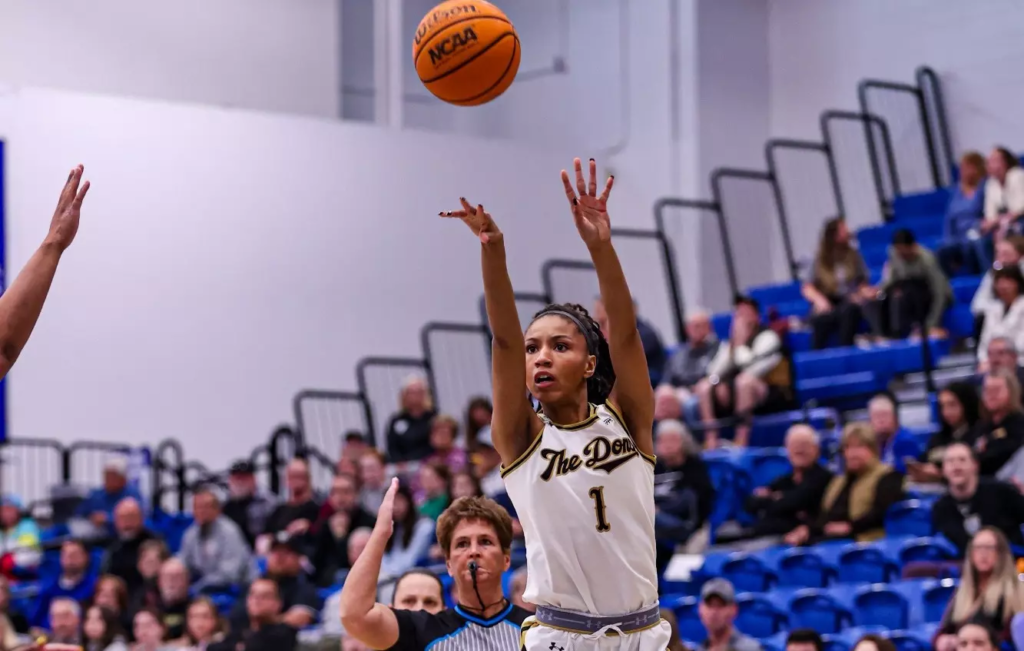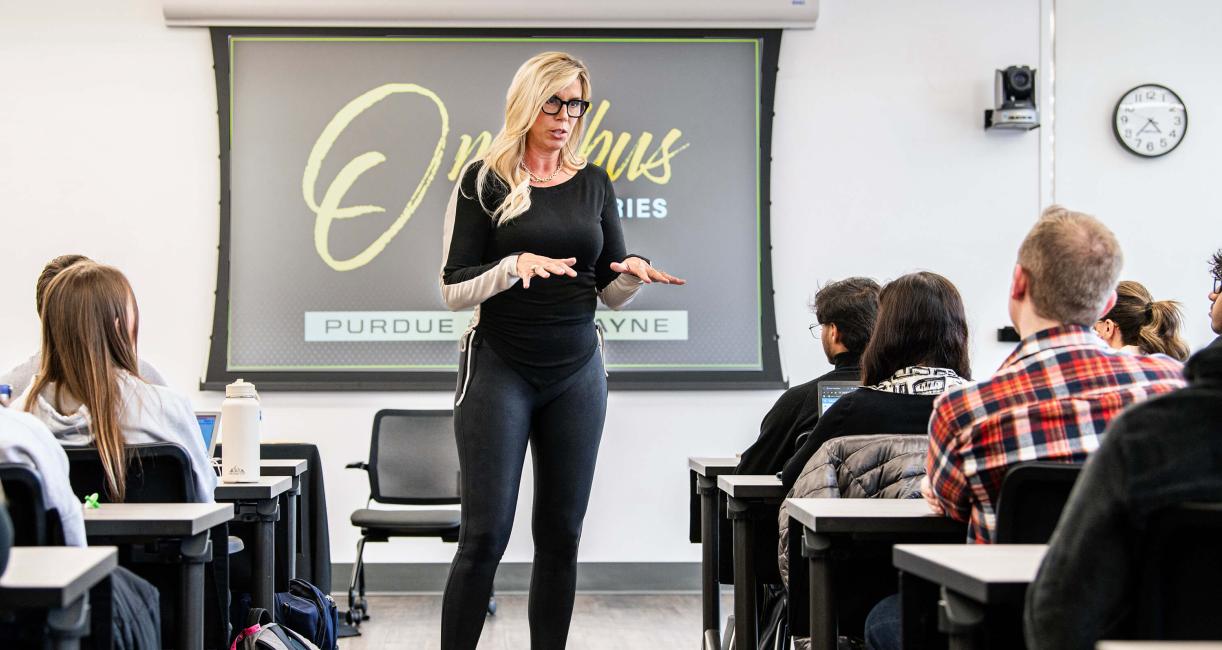On Apr. 20 the Mastodons beat Detroit Mercy in a doubleheader. The final score for game one was 3-2 which finished in the sixth inning.
Detroit took a the lead with a score on a wild pitch in the first inning.
At the bottom of the sixth inning Brooke Wintlend hit a three run home run for a go-ahead run. Bailey Manos and Gwen McMenemy scored making the score 3-1.
In the bottom of the seventh, Detroit had the game tying run on second and the winning run on plate, but they struck out.
Game two of the double header final score was 13-5.
Grace Hollopeter led the game off with a home run, which was her third of the weekend. Detroit came back with two runs giving them the lead.
In the second inning the Mastodons had six runs. Brooke Lickey and Wintlend both homered in the second.
The fourth inning is when Detroit started to make a comeback with a three-run homer. The Mastodons answered with two runs in the fifth.
First at bat in the sixth Hollopeter homered again giving the Mastodons double-digits on the scoreboard.
Kayla Roberts struck out two in the game and got her second win of the season with a 4.2 IP.
PFW improves to 12-29 and Detroit Mercy falls to 3-33. The Mastodons resume play on Friday, Apr. 26 at noon in Green Bay.





